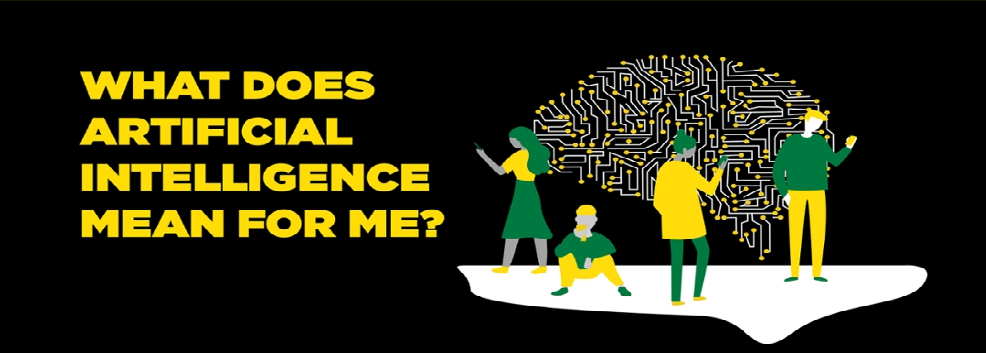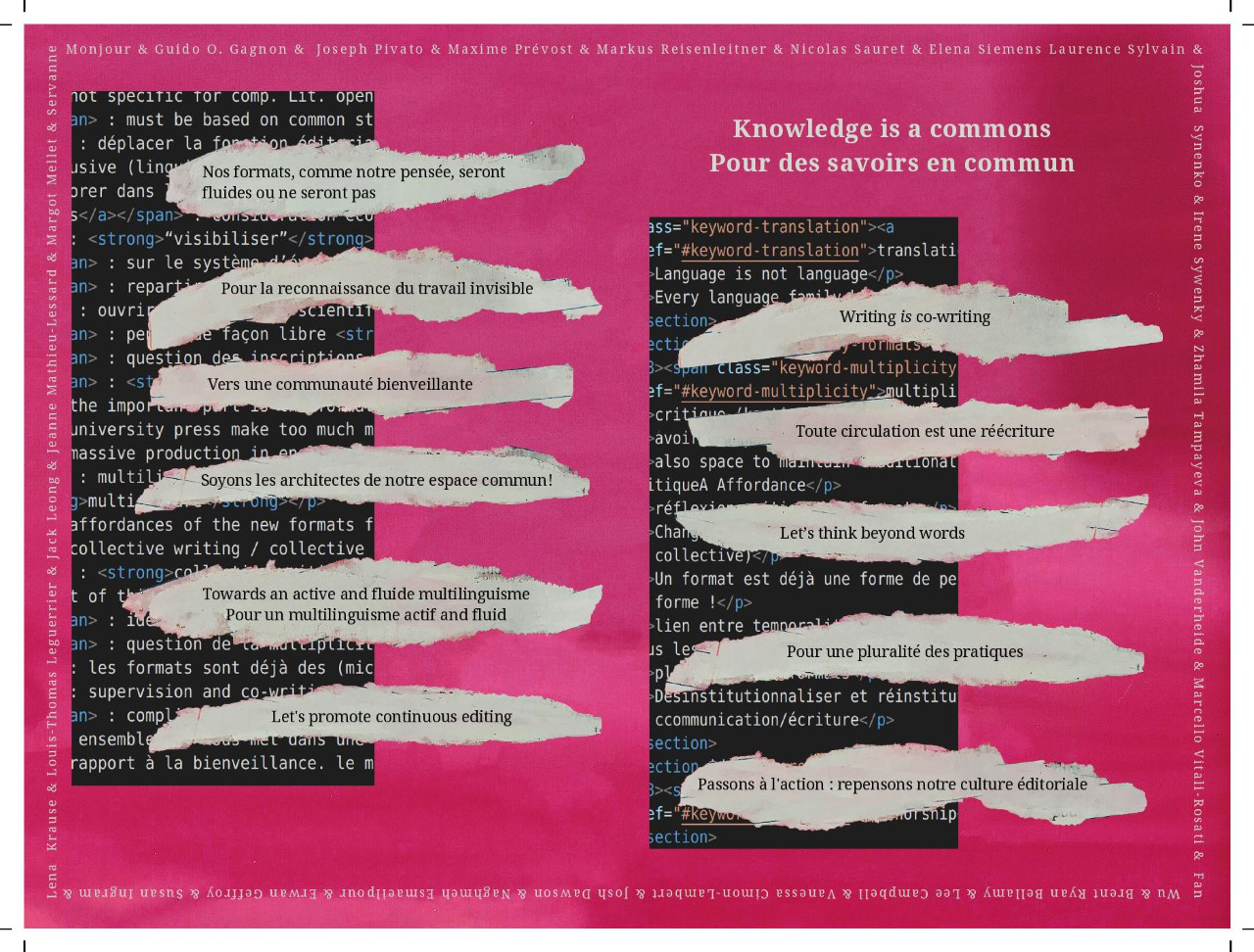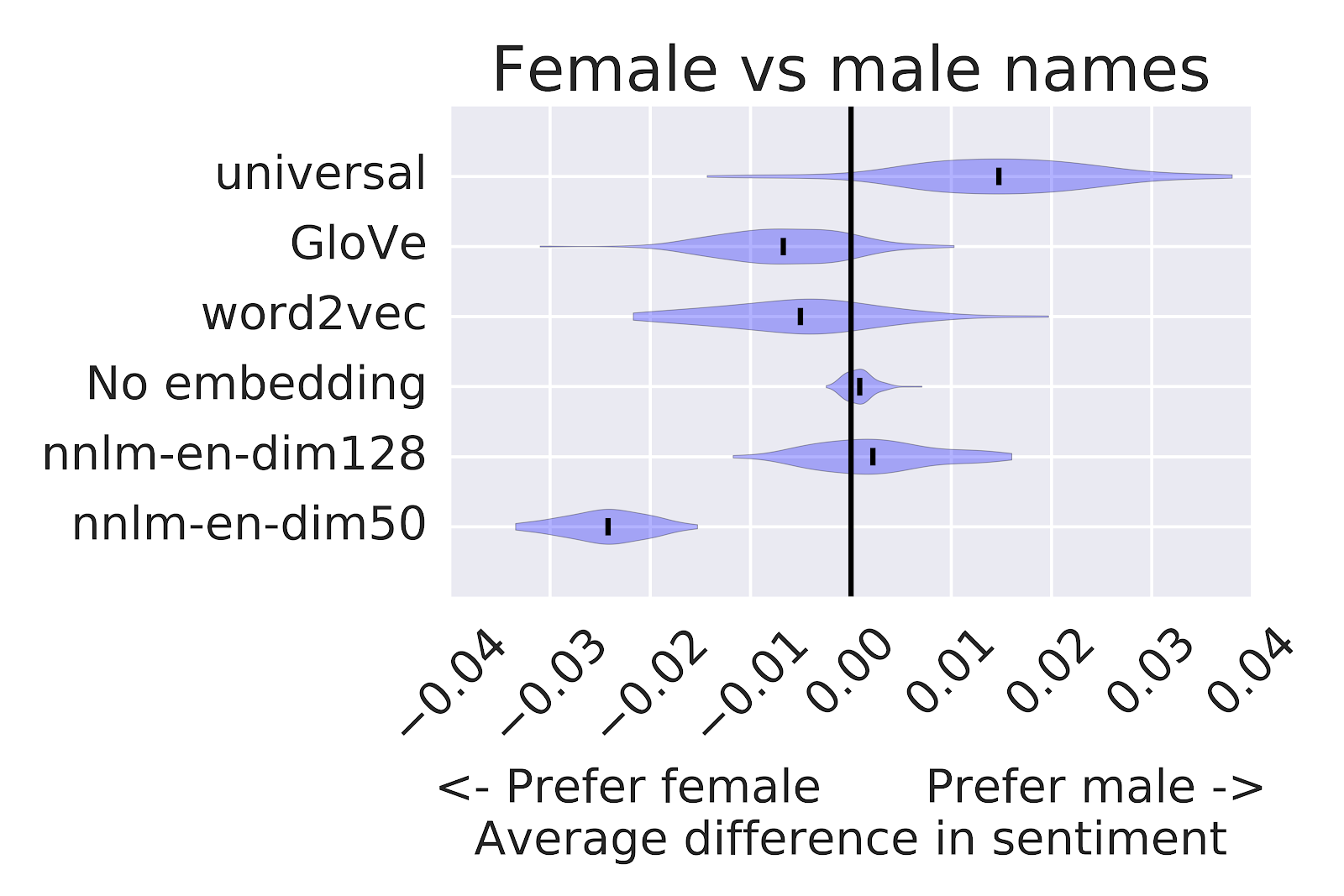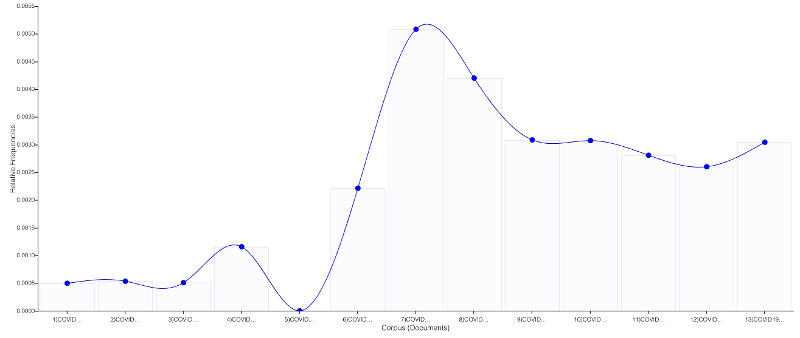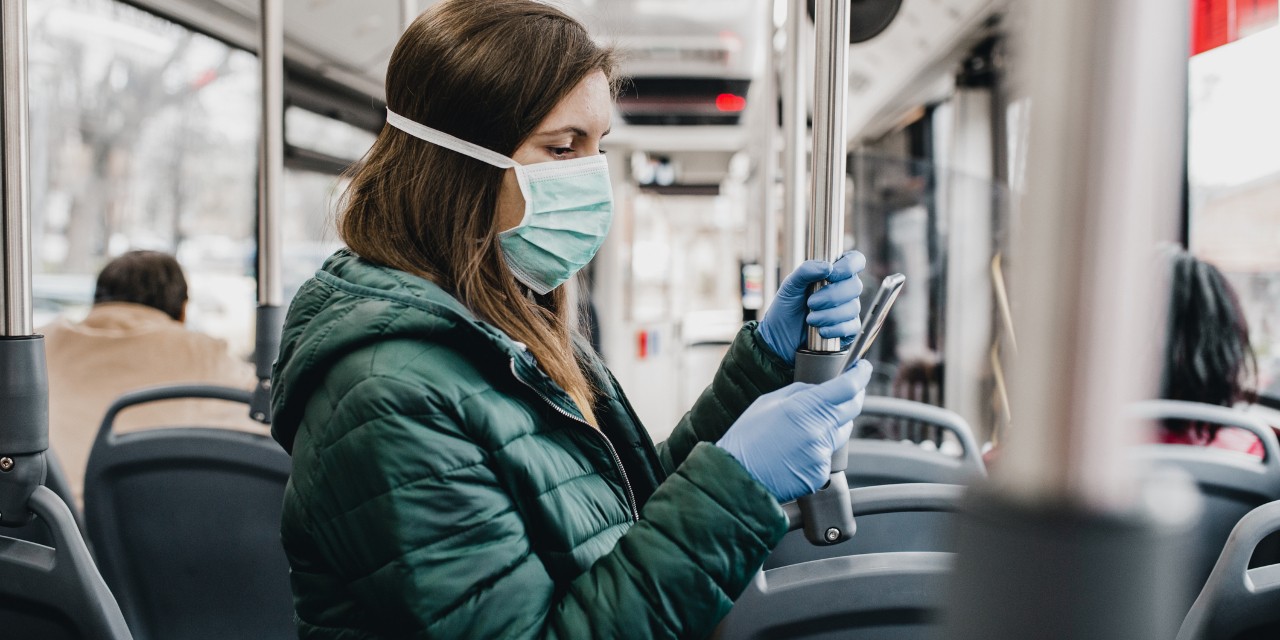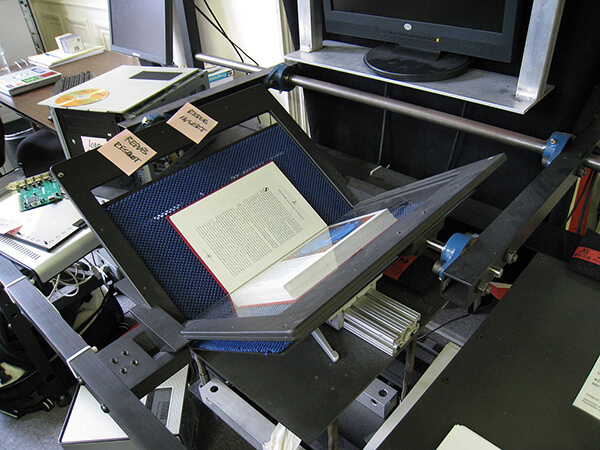A cache of data reviewed by Reuters provides insight into the operation, detailing tens of thousands of malicious messages designed to trick victims into giving up their passwords that were sent by BellTroX between 2013 and 2020.
It was bound to happen. Reuters has an important story that an Obscure Indian cyber firm spied on politicians, investors worldwide. The firm, BellTroX InfoTech Services, offered hacking services to private investigators and others. While we focus on state-sponsored hacking and misinformation there is a whole murky world of commercial hacking going on.
The Citizen Lab played a role in uncovering what BellTroX was doing. They have a report here about Dark Basin, a hacking-for-hire outfit, that they link to BellTroX. The report is well worth the read as it details the infrastructure uncovered, the types of attacks, and the consequences.
The growth of a hack-for-hire industry may be fueled by the increasing normalization of other forms of commercialized cyber offensive activity, from digital surveillance to “hacking back,” whether marketed to private individuals, governments or the private sector. Further, the growth of private intelligence firms, and the ubiquity of technology, may also be fueling an increasing demand for the types of services offered by BellTroX. At the same time, the growth of the private investigations industry may be contributing to making such cyber services more widely available and perceived as acceptable.
They conclude that the growth of this industry is a threat to civil society.
What is it became so affordable and normalized that any unscrupulous person could hire hackers to harass an ex-girlfriend or neighbour?
